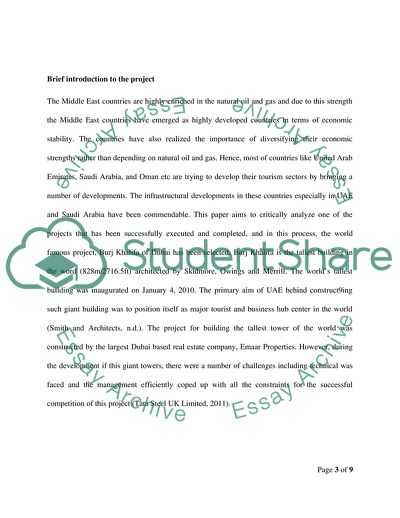Cite this document
(A Project Stakeholder Analysis: Burj Khalifa Case Study, n.d.)
A Project Stakeholder Analysis: Burj Khalifa Case Study. https://studentshare.org/marketing/1757998-search-for-a-real-project
A Project Stakeholder Analysis: Burj Khalifa Case Study. https://studentshare.org/marketing/1757998-search-for-a-real-project
(A Project Stakeholder Analysis: Burj Khalifa Case Study)
A Project Stakeholder Analysis: Burj Khalifa Case Study. https://studentshare.org/marketing/1757998-search-for-a-real-project.
A Project Stakeholder Analysis: Burj Khalifa Case Study. https://studentshare.org/marketing/1757998-search-for-a-real-project.
“A Project Stakeholder Analysis: Burj Khalifa Case Study”. https://studentshare.org/marketing/1757998-search-for-a-real-project.


